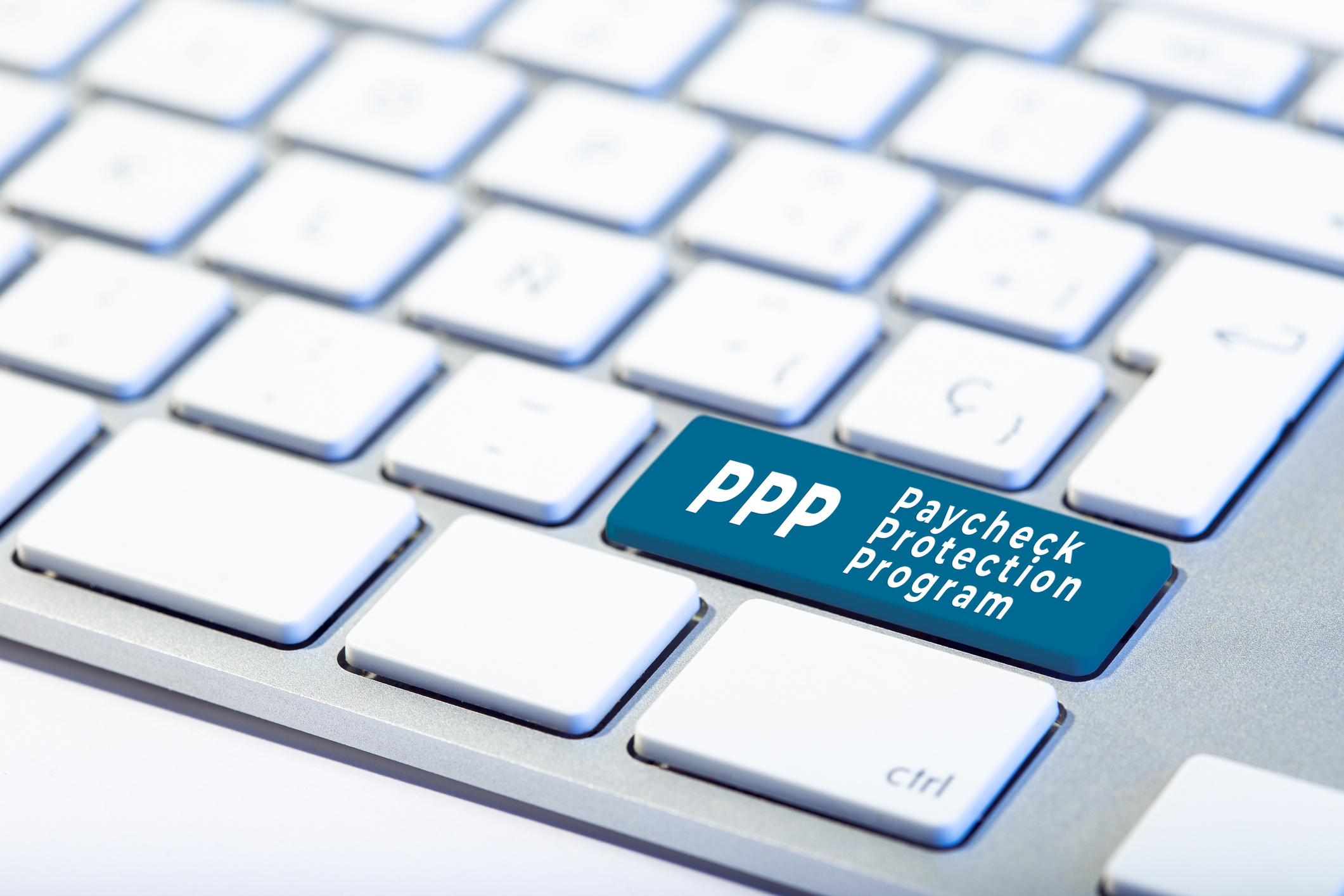05-7-2020 |
PPP Update: How much of your loan will be forgiven, and when you need to start paying off the 1% interest, 2-year loan.
By: BrownWinick

It’s been a few weeks since the Payroll Protection Program (“PPP”) was passed into law and businesses have been approved (and hopefully have received) loans from the Small Business Administration (“SBA”). Recipients of the loans are eligible to receive full forgiveness for their loans if at least 75% of the loan proceeds are used for payroll expenses within the eight-week period starting on the loan’s origination date. BrownWinick has previously written about rules and recommended “best practices” for maintaining compliance with the PPP.
Unfortunately, not all of the tax impacts of the PPP loans have been resolved by Congress and the IRS. Recently, the IRS released Notice 2020-32, taking the position that businesses do not qualify for certain business expense and interest deductions for amounts paid by dollars that are ultimately forgiven under PPP. The IRS argues that Section 265 prevents a taxpayer from receiving the “double benefit” of receiving money that qualifies for loan forgiveness and using those tax-free dollars to qualify for tax deductions to reduce other taxable income.
Industry groups and high-ranking members of Congress, including Chuck Grassley (R) and Richard E. Neal (D), disagree with the IRS’s disallowance of deductions and have pledged to override this interpretation of the IRS by statute. BrownWinick will continue to monitor the resolution of this issue, and likely others as they are discovered, to ensure clients are taking full advantage of the tax code for 2020.
Relatedly, some businesses are calling for expansion of the loan forgiveness provisions, as they report it will be difficult or impossible to spend the necessary 75% of their PPP loans on payroll costs within the eight-week period to qualify for full forgiveness. Industry groups are calling on Congress to pass a law expanding loan forgiveness.
If the law is not changed, employers who do not qualify for full forgiveness will qualify for partial forgiveness according to a formula. The amount that is not forgiven is treated as a loan with a 1% interest rate with a two-year terms. Payments do not need to be made on this loan until six months from the loan’s disbursement date, though interest accrues during this six-month deferral period.
As your loan’s eight-week period expires, please contact your BrownWinick attorney to determine the amount of your loan forgiveness and how you can prepare for 2020 tax reporting.
COVID-19 Resource Page:
For additional updates on COVID-19 and other relevant legal guidance, please visit our COVID-19 Resource Page.
